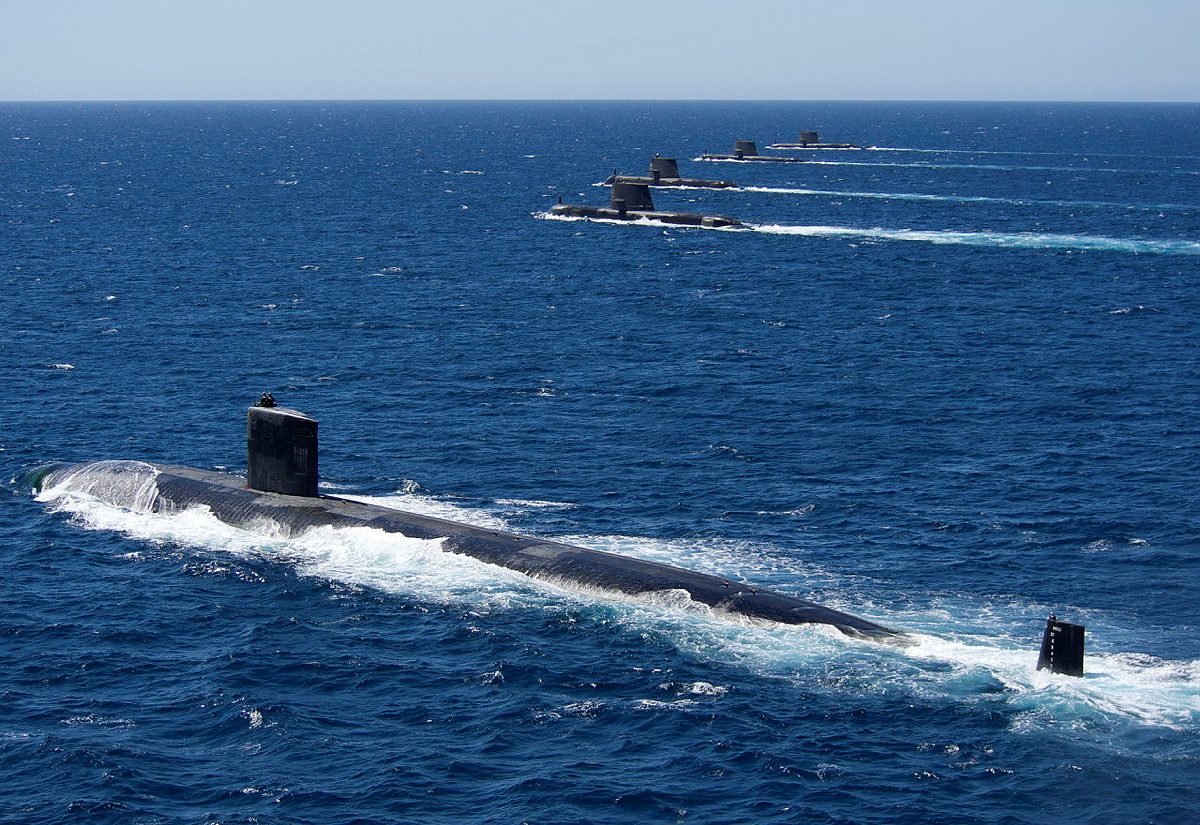Boagrius
Well-Known Member
On a somewhat less... salacious(?) note, I did some digging on MAD-FIRES and found this:
So it seems we may be about to see a transition in CIWS technology. My read of it is that you need an RF seeker onboard each round to provide enough accuracy at longer range, and you need a larger round to house a capable enough seeker to achieve this. 57mm seems to be the calibre of choice ATM (ref the Russian Derivatsiya PVO) but time shall tell if it could eventually be applied to a more compact ~40mm system. The 57mm gun mount could prove to be quite bulky/intrusive for some vessels eg. it takes the place of the main gun on the USN's forthcoming Constellation class, sacrificing the option of a larger calibre weapon (and NGFS capability + 127mm HVPs with it) in favour of a far more relevant CIWS (paired with RIM-116).The DARPA MAD-FIRES program seeks to use a medium-caliber guided projectile to engage maneuvering threats. Current projectile technologies have been demonstrated in flight maneuver, but only recently have advances in electronics and gun survivability opened the possibility of projectile-based seekers. One possible seeker type is RF seekers. Current RF systems require apertures larger than projectile diameter for target tracking in terminal engagement.
A novel approach is needed for achieving sufficient gain at small diameter to enable medium-caliber RF seekers. The alternative solution of command-guidance from ground radar places significant accuracy requirements on that radar, which becomes prohibitive for very long-range acquisitions. Optical sensors offer high accuracy, but are limited in range and require hot targets or daylight illumination. RF seekers are the primary candidate for maturation.
Last edited:

